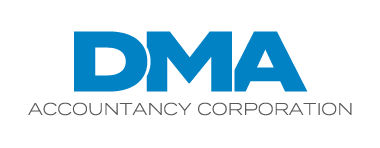When encountering the phrase “employee with a disability,” you might immediately envision a person with an obvious physical impairment. Even the internationally used symbol for accessible areas is a human being in a wheelchair.
However, many disabilities aren’t so apparent. Conditions such as Crohn’s disease, diabetes and fibromyalgia — as well as mental health diagnoses such as bipolar disorder and post-traumatic stress disorder — are often not readily visible. Yet they can noticeably affect an employee’s ability to do his or her job and, when overlooked or misunderstood, might lead to costly employment conflicts. Collectively, these are known as “invisible disabilities.”
What you can do
Many of today’s leading employers are increasing their efforts to improve diversity and inclusion within their organizations. When following suit, be sure to address invisible disabilities. Specific actions you can take include:
Communicate clearly and regularly. Let both job candidates and existing staff members know that, as an employer, you want every employee to feel valued and empowered to do his or her job. State emphatically that you won’t tolerate any form of discrimination, including actions involving invisible disabilities, and that your supervisors and HR staff stand ready to provide support, assistance and education. Be sure to communicate on the topic regularly; don’t mention it only once and let it fade away, as this could lead to disabilities being stigmatized or ignored.
Provide training and upskilling. Your supervisors and HR professionals need formal, authentic and fact-based training to understand the full gamut of invisible disabilities and know how to recognize potential problems and act in an empathetic, legally sound manner. If you’ve provided such training in the past, offer refresher courses or hold discussion groups so those in positions of authority can “upskill” their competencies in this area.
Handle accommodation requests properly. Of particular importance is supervisors and HR staffers complying with the Americans with Disabilities Act (ADA) when an employee requests an accommodation for an invisible (or visible) disability. Under the ADA, employers must provide qualifying individuals with reasonable accommodations, and many invisible disabilities are indeed covered by the law.
This doesn’t mean you need to solicit accommodation requests. However, if you have an employee who’s struggling and an invisible disability may be a contributing factor, a supervisor or HR staffer could simply ask, “How can we help?” You aren’t required to immediately grant any accommodation demanded, but you do have to engage in an active, good-faith discussion of the matter.
Pandemic’s impact
The COVID-19 pandemic has brought a renewed urgency to invisible disabilities — especially those related to mental health. Many employees have had to adapt on the fly to working from home or dealing with more stringent safety measures. And those who have become infected and recovered may suffer from “long haul syndrome” that affects their ability to work as they once did. Consult an attorney regarding the legal specifics of disability accommodations and contact us for help assessing the employment cost impact.
© 2020


Recent Comments